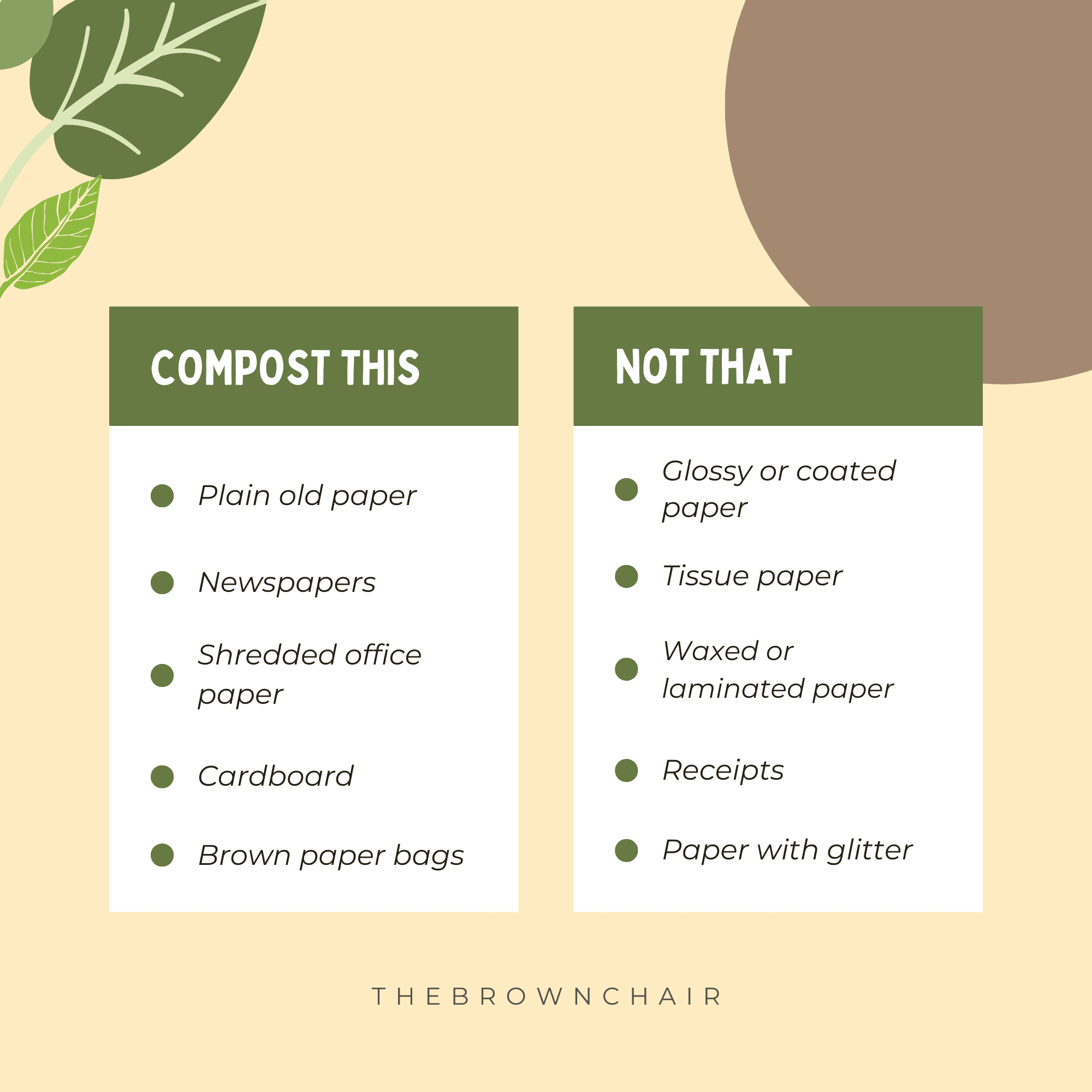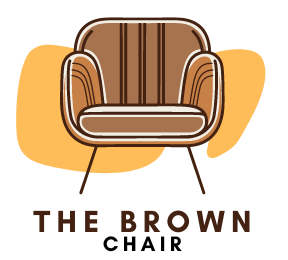Okay, let’s be real, have you ever stood there, holding a soggy paper towel or a stack of junk mail, wondering, Can I actually compost this stuff? Compost paper sounds like a great idea, but where to start?
Spoiler alert: It’s easier than you think, and it’s a game-changer for reducing waste and giving your garden a boost.
Why Bother Compost Paper?
I realized how much paper my household was tossing out. Bills, mail, printer paper, those endless Amazon packages, it was a mountain! Recycling felt like the right move, but then I learned composting paper could do even more for the environment.
According to the EPA’s 2024 waste report, paper makes up about a quarter of household trash. That’s a lot of potential compost!

When you compost paper, you’re keeping it out of landfills, where it’d just sit there, releasing methane (a nasty greenhouse gas). Plus, paper is a “brown” material, think carbon-rich stuff that balances out the “green” stuff like veggie scraps or grass clippings. It’s like the yin and yang of composting.
The result? Rich, crumbly compost that your plants will love. Who doesn’t want that?
Is Paper Compostable? Sorting the Good from the Bad
Not all paper is compost-friendly, and I learned this the hard way when I tossed in some glossy wrapping paper and ended up with a weird, plasticky mess in my compost bin.
Most paper, though, is fair game because it’s made from wood pulp, which breaks down naturally.
- Compost These:
- Plain old paper (printer paper, junk mail, or notebook scraps; black-and-white, non-glossy).
- Newspapers (in small amounts, modern inks are usually soy-based and safe).
- Cardboard (pizza boxes, cereal boxes, but cut out the greasy bits).
- Brown paper bags (like the ones from the grocery store).
- Paper towels & napkins (only if they’re not greasy or full of chemicals).
- Toilet paper rolls and an egg carton
- Paper coffee filters and tea bags (if the bag isn’t plastic mesh)
Tip: Tear or shred paper into small pieces before composting, which helps it decompose faster and mix well with “green” materials (like food scraps).
- Don’t Compost These:
- Glossy or coated paper (magazines, shiny gift wrap, flyers, brochures).
- Colored or heavily inked paper (especially neon or metallic inks)
- Paper with plastic linings (some coffee cups, waxed paper).
- Paper with glitter, foil, or stickers
- Waxed or laminated paper (like frozen food boxes, milk cartons)
- Thermal receipts (often printed on thermal paper that contains BPA/BPS).
- Tissue paper with dyes or perfumes
Here’s a trick I use: the “scrunch test.” Ball up the paper. If it stays crumpled, it’s probably compostable. If it pops back like it’s got a mind of its own, skip it.

Can You Compost Paper with Ink?
Nobody wants toxic tomatoes, right? But after some digging, I found out most inks these days are safe. Since the ‘80s, companies have mostly switched to soy-based or water-based inks, which break down without leaving nasty chemicals behind. A 2023 Composting Council study backs this up modern inks won’t harm your garden.
That said, you can still steer clear of paper with metallic or super bright inks, just in case. Think those flashy flyers with neon logos—better to recycle those. For everyday stuff like black-and-white newspapers or plain printed paper, you’re good to go.
Composting Paper Towels: The Do’s and Don’ts
Paper towels are tricky. If you toss a pile of greasy paper towels from a fried chicken night into your compost bin.
So, can you compost paper towels?
Yes, but only if they’re used for:
- Wiping up water, juice, or plant-based messes (like squashed berries).
- Cleaning with natural stuff like vinegar or soap.
Don’t compost paper towels if they’ve touched:
- Grease, oil, or meat juices (pests love this stuff).
- Harsh chemical cleaners (bleach, ammonia, not compost-friendly).
And here’s a bummer: Are paper towels recyclable? Nope. They’re too soggy or dirty for recycling bins, so composting is their best shot at a second life.
How I Compost Paper Towels:
- Rip them into smaller pieces (makes them break down faster).
- Mix with dry stuff like leaves or shredded paper to avoid a soggy mess.
- Bury them deep in the compost pile to keep critters away.
How to Shred Cardboard for Compost (Without Losing Your Mind)
Cardboard is like the unsung hero of composting. It’s bulky, carbon-rich, and perfect for balancing wet kitchen scraps. But you can’t just chuck a whole Amazon box in there; it’ll take forever to decompose. Try to compost an entire pizza box without breaking it down. Months later, it will still be sitting there, mocking you!
Here’s how to shred cardboard for compost without pulling your hair out:
- Strip It Down: Peel off tape, labels, or plastic bits. For pizza boxes, cut out the greasy spots.
- Tear or Cut: Break it into 2–4-inch pieces. Scissors or a box cutter work great.
- Shred (If You’re Fancy): A paper shredder or manual shredder makes quick work of it.
- Soak (Optional): Dunking cardboard in water for a few hours softens it up for easier shredding.
If you’ve got a lot of cardboard, a shredder might be worth the investment.

Pro Tip: Mix shredded cardboard with green materials in a 3:1 ratio (more browns than greens) for a happy compost pile.
Your Step-by-Step Plan to Compost Paper
Ready to start? Here’s how to compost paper at home, broken down into simple steps:
- Gather Your Paper: Keep a bin for compostable paper, paper towels, and cardboard. You can use an old bucket in your kitchen.
- Prep It Right
- Tear paper into 1–2-inch pieces, cardboard into 2–4-inch pieces.
- Remove staples, tape, or plastic coatings.
- Make sure paper towels are free of grease or chemicals.
- Add to the Pile
- Layer paper with green materials (veggie scraps, grass, etc.).
- Stick to a 3:1 brown-to-green ratio.
- Bury the paper in the middle to keep it secure.
- Mix and Monitor
- Turn the pile every week or two to keep it aerated.
- Keep it moist, like a wrung-out sponge, but not dripping.
- Expect the paper to break down in 4–8 weeks.
- Harvest the Goods: When it’s dark, crumbly, and smells earthy, your compost is ready!
Troubleshooting Tip: If your pile smells funky or attracts pests, you might have too many greens or greasy paper towels. Add more shredded paper or cardboard to fix it.
Mistakes Most People Make (So You Don’t Have To)
Composting paper seems simple, but you may have a fair share of oops moments.
Here are some common mistakes to dodge:
- Tossing in Glossy Paper: If you add shiny wrapping paper, it will just sit there forever. Stick to plain paper.
- Not Shredding Enough: Big chunks of cardboard take ages to break down. Shred or tear them into small.
- Overdoing the Paper: Too much paper dries out the pile. Balance it with greens and water if needed.
- Ignoring Ink: Most inks are fine, but skip anything with metallic or neon colors to be safe.
Conclusion – Make Compost Paper Your New Hobby
Composting paper is one of those small habits that makes a big difference. Whether it’s junk mail, paper towels, or cardboard, you’ve got the know-how to turn waste into garden gold. You will love the feeling of tossing shredded paper into your compost bin, knowing it’s helping your plants thrive and keeping trash out of landfills.
So, what’s stopping you? Dig into that pile of old newspapers, shred some cardboard, and start composting.
Got a composting tip or story to share? Drop it in the comments, I’m all ears!


 ChatGPT
ChatGPT
 Perplexity
Perplexity
 Claude
Claude

Leave a Reply